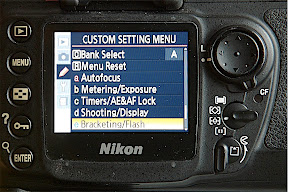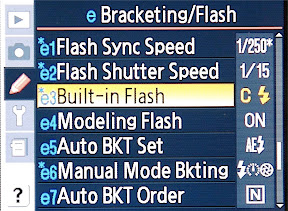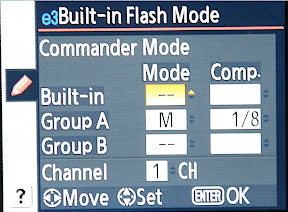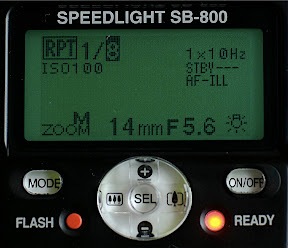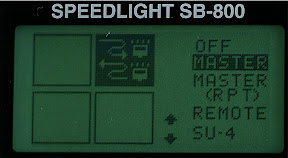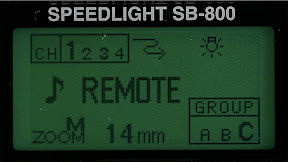My Nikon D200 is equipped with wireless flash control (Nikon calls it Creative Lighting System - CLS), which simply means that the built in flash can be set on commander control and with that can remotely trigger and adjust external system flashlights like the SB600 or SB800. Is it a great tool? For sure it is! You can use TTL mode, manual mode or A mode. With the built in setup, you can control two external flash groups (consisting of 1 or more flashlights each). If you use a SB800 or the controller unit SU800, you have the ability to work with 3 different flash groups. You can download this
document from Nikon for more details of the setup.
Is there a downside to it? Yes, the flashlights need to be in visual contact to the control unit. Otherwise the infrared receivers cannot pick up the signal and won't trigger. In most setups that is easy to accomplish, though not always.
I have been using until recently mostly the TTL setup as it is easy to use. Most of the time I would get the result, I was after, but sometimes it seems the communication between me and my camera did not flow perfectly.
A while back, I found the the
strobist webpage with some great advice about using flashlights in a wireless setup. Strobist is run by David Hobby, photographer for the
Baltimore Sun. I used the articles as inspiration for flash setups, but continued to work with the TTL setup. This weekend I decided to explore David's advice to go manual. Honestly, I was a bit sceptical, but went for it anyway. David also uses radio triggers for his flashlights, which cancel out the problem of visual contact between controller and flash. As I didn't have those, I just went with what I had.
Man! I was surprised, on how easy it was just to go manual. For the first few shots, I used a flashmeter, but packed away quickly. It was not necessary. All the information, I need I saw on the little screen on the back of my camera after did the shot. I just adjusted the manual output of the lights according to what I saw. That made the process quick and easy. Actually, as easy, if not easier than using TTL. I had the feeling to gain 100% control over the process again. It was almost like standing in the darkroom and printing my own images. A great feeling.
The objects of my experiments weren't very sexy and I did not bother too much with composition. The technique was more important for me than anything else. I will post some images over the following days, where I will use the newly learnt techniques in an attractive context.
